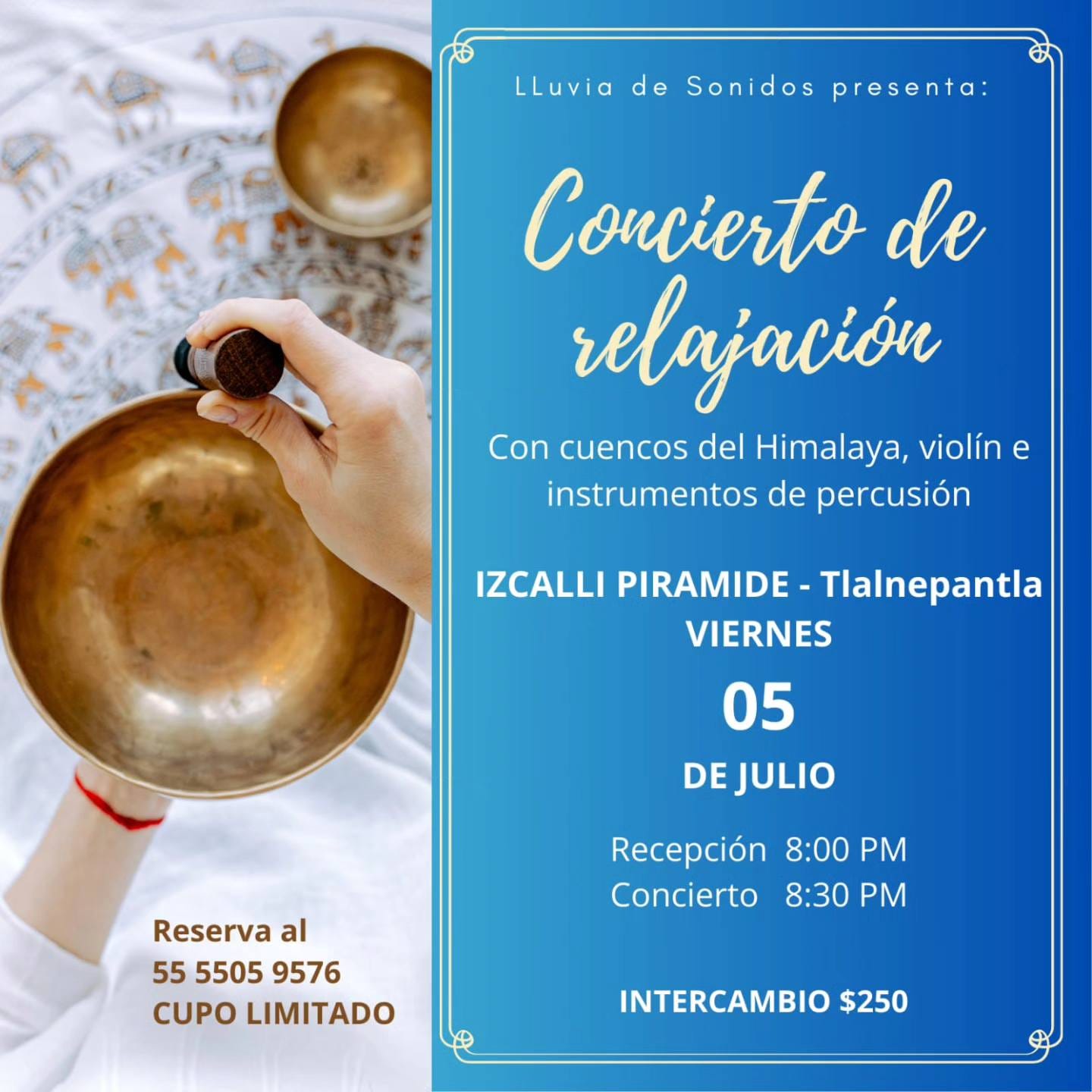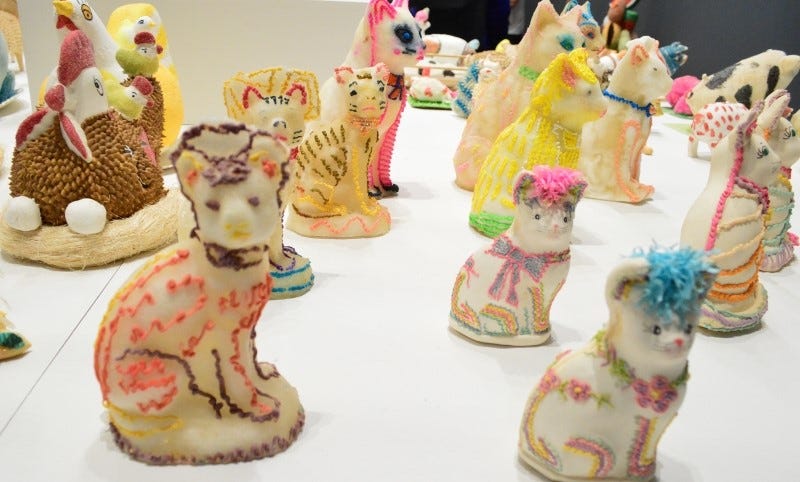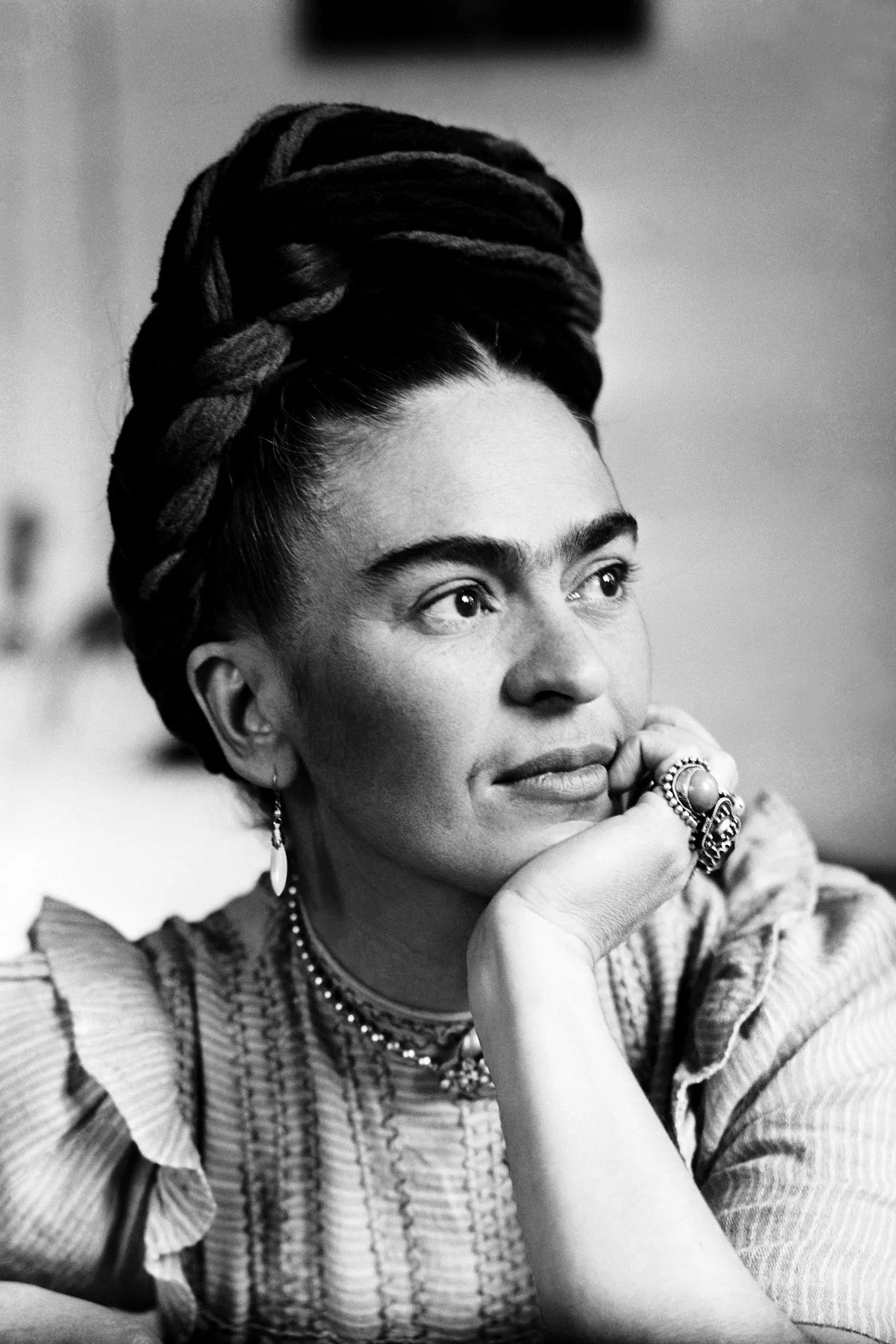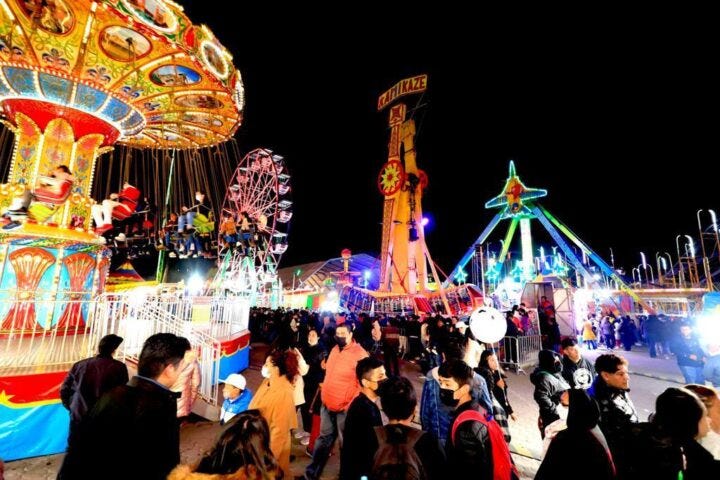Antes del cenit
(Before the peak)
Hosted by the National Center for the Arts (Cenart), artist Julia Carrillo creates a world to invite people to examine the relationship between light and landscape.
She is not an artist, but a mathemetician with the National Autonomous University of Mexico (UNAM). However, she studied fine arts in New York and Mexico City, allowing her to blend expertise in both areas.
This exhibition is currently on display until August 25 at the Manuel Felguérez del Centro Multimedia (Manuel Felguérez Multimedia Center) at Cenart.
For more information check Cenart’s site about the exposition here.
Indigenous and Afro-descendent filmakers exhibit in Mexico City
From July 6 to 14, nine films will be screened free to the public at the Zocalo (main square) and at the National Film Library of the Arts (Cineteca Nacional de as Artes).
The purpose of the event is to shed light on the cinematic work being done by these ethnic groups.
On site screening of various works will occur on the Zocalo July 6 and 7 starting at 12 pm. In addition, a book (in Spanish), Memoria Ecamc 2019-2024: cineatas de los pueblos originarios y afrodecendientes, México y Centro América will be presented. (There will also be more films shown at the National Film Library of the Arts July 8-14.) A full list of programming can be found here.
If you cannot make it to one the showings, there will be showing of the following films from July 7-31 July on nuestrocine.mx.
The films are in Spanish and/or one of Mexico’s indigenous languages.
Himalayan bowl concert in the north of the city
In case you thought all the internationally-minded people are in Roma and Condesa…
Teotihuacan is by far the best-known archeological site in the Mexico City area but the Valley of Mexico is dotted with many others as it has been inhabited by civilization for over 1000 years.
One is the Izcalli Pyramid, which will host a meditation session with Tibetan bowls, violin and percusssion. This is a private event, which means there is a fee and need to reserve a space.
For more information, you can contact Lluvia de Sonidos (the sponsor) here
Diego Rivera with a little bit of sugar
In 1985, an earthquake destroyed much of Mexico City, including the luxurious Regis Hotel. Years earlier Diego Rivera created one of his most famous works, Sunday walk through Alameda Park on one of its walls. The hotel could not be saved, but the mural was, with the survivng wall reworked into a museum specifically for its conservation. Especially now with the National Palace closed to the public for who knows how long, this mural is particularly important to experience, as it is an allegory of the times that shaped Rivera’s worldview. (If you read this before going, you will appreciate more of what you see.)
But the museum also has space for temprary exhibitions, such a this unusual one dedicated to alfeñique, a sugar and egg white paste that can be molded into various figures. By far, the best known of these is the skull placed on Day of the Dead altars, but alfeñique can, and is, shaped into all kinds of things.
This exhibition, titled Azúcares Sacras: Dulces rituales (Sacred Sugars: Sweet Rituals) brings together 1,225 related to this craft and its history in Mexico. It contains pieces from a number of important collections including those of the Rafael Coronel Museum in Zacatecas, the Televisa Foundation and the Diego Rivera and Frida Kahlo House Museum.
The exhibit remains on display until July 17. Admission is 45 pesos but free on Sundays. For more information, click here.
Commemorating the 70th anniversary of Frida Kahlo’s passing
The Diego Rivera and Frida Kahlo House Museum in San Angel commemorates the life of Frida with various activities this summer with conferences, workshop, a podcast and an exhibition.
On July 6, her birthday, the exhibiton Kahlo sin fronteras (Kahlo without borders) opens that explores her health issues, her relationship with her doctor wth documents and photographs that belonged to the artist and her family.
(If you have some command of Spanish (or a good translator friend), there will be a workshop called “Árbol de la esperanza on July 13 (11am to 4pm) where participants paint a flowerpot related to phrases Frida wrote in her diary.)
There is a podcasst on her life on that same date in Spanish, and if your kids have become quick wizzes in Spanish, from July 29 to August 9 there is a summer class called “Pinceles con alas” from 11am to 2pm daily, aimed for kids between 6 and 12 years old. Information and registration is through medr.pedagogia@inba.gob.mx and only 15 students will be accepted.
For more information check the museum’s website here.
Indigenous and modern Mexico represented in cloth dolls
You may know that Mexico is known for ancient handcraft traditions, but you probably never associated with country with cloth/rag dolls. However, they have been documented at least since the colonial period and the Museum of Anthropology has some marvelous examples from the late 19th century.
But they fell out of favor for some reason until the 1970s, when a program meant to help migrant Otomi and Mazahua women invented the María doll (pictured above, also called Lele) to give the women make something easy to make and sell.
Their success has since generated a number of doll makers which generally divide into two classes: urban artisans whose sensibilities are definitely modern and indigenous and other traditional women who create does in traditional, often ceremonial dress.
Luis Reza is one of Mexico’s foremost experts on doll making in Mexico and has an exhibition of both kinds called De trapito, listones, estambre y alambre (Of scraps, ribbons, yarn and wire) at the Siglo XXI Medical center exhibition room (Metro Centro Medico) which gives and interesting visual contrast on how Mexico views itself past and present.
The exhibition continues until July 12.
Tequexquitla Fair - some fresh air and tradition in Tlaxcala
This is one of the Tlaxcala’s most anticipated patron saint festivals. It is only a couple of hours outside the city, but Tlaxcala is a whole different world - laid back and a lot more green.
The town’s patron, Our Lady of Mount Carmen, is officially celebrated on July 16, but the fair runs through the entire month of July with sporting and cultural events, religious processions and other rituals, theatre, amusement rides, local handcraft and of course local food like barbacoa and pulque.
It is also unique as it actually publishes a detailed schedule online, which you can find here.
WMMC is looking for volunteers to keep improving this important resource and keep it non-profit. Businesses can help by exchanging promotion on our websites. Individuals can help with writing, but we really need help with banners and other design work. If you would like to participate please message
or send an email to thelmadatter@gmail.com













Gracias por recordarme el Hotel del Padro, donde mi padre trabajó y sobre el que algo escribí antes.